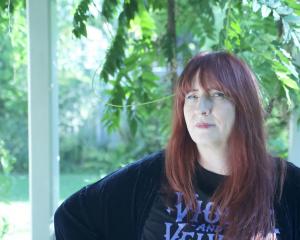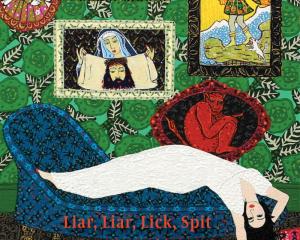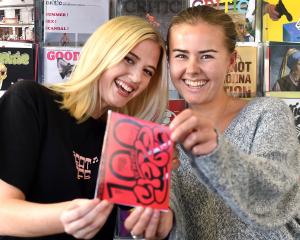
And it raises questions about the future.
Edited by Chris Jones and Bronwyn Matthews with Jennifer Clement, it contains contributions from more than 30 authors - Canterbury academics and others.
The large-format book, printed on art paper with many colour illustrations and well-designed typography (Aaron Beehre), boasts many thoughtful and scholarly essays.
In his foreword, Rod Carr, vice-chancellor of the University of Canterbury, asks the place of the "traditional" university in the modern world, where the convergence of a range of technologies has caused a knowledge revolution in the latest journals while the oldest books are not hidden but can be accessed in moments from anywhere.
On one hand, the library as a learning space is transforming as digital technology narrows the gap between the sources of ideas and those studying them - a revolution similar to Gutenberg's invention that took knowledge out of the hands of a few scholars and put printed books in the hands of every student. On another level, Dr Carr allows that a university library must reflect on its role as a custodian of unique sources of knowledge. This book is the result.
Diverse material considered ranges from medieval European manuscripts to Maori whakapapa books. There is an original printing of the 1611 King James Bible, the papers of Karl Popper, and the Pacific Leprosy Foundation Archive. There is much to enrich information on people and places, especially the development of Canterbury and its university.
Historical content includes notes on Dr Macmillan Brown, who bequeathed his large collection of books to the library in 1935, early Canterbury printers and the Caxton Press set up in 1932.
Jennifer Clement, senior lecturer in English at Canterbury, offers comforting thoughts in her "afterword" about "Digital Pasts, Print Futures". On the relationship of print and digital technology: "It is highly unlikely that digital technology will ever completely replace all that print has to offer through touch, smell and sight, which means that print and digital will continue to complement each other for a long time to come."
Print continues to shape the ways in which we conceive of the futures available to us; whatever digital technology offers is likely to be rooted in print culture to a large extent, says Dr Clement. Long live the book!This one is a valuable record of unique items and collections. But, as Dr Carr observed in his foreword, new questions can now be asked about such treasures. With many digitisation projects in development, this type of material will be made available to the wider world. He asks us to consider what can be done with it once it is "out there".
Answers should be mainly positive and the conversation has begun. The top quality book, produced during Christchurch's time of earthquakes, is one answer. It is itself a treasure and remarkable achievement.
• Geoff Adams is a former editor of the ODT.













